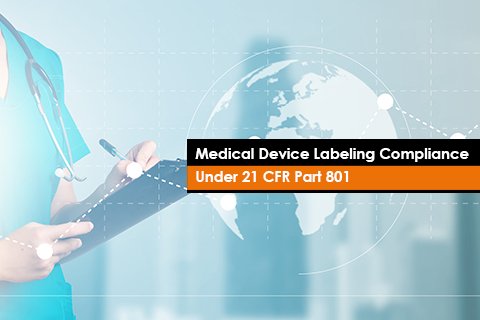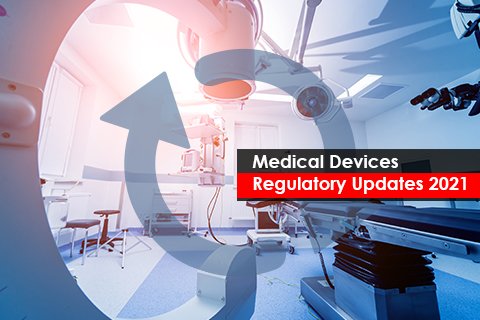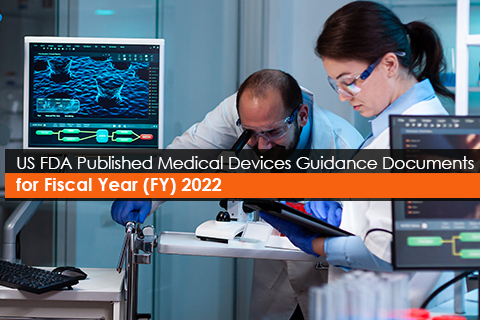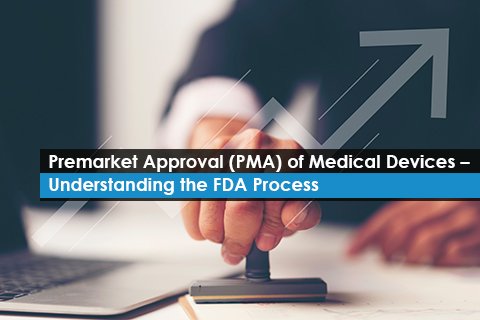An Overview of Establishment Registration with the US FDA

When a foreign establishment engages in the production of a medical device imported into the United States (US), it is mandatory to designate a US agent for that establishment. The US agent serves as the point of contact for any US Food and Drug Administration (US FDA) communication related to the foreign registered facility.








